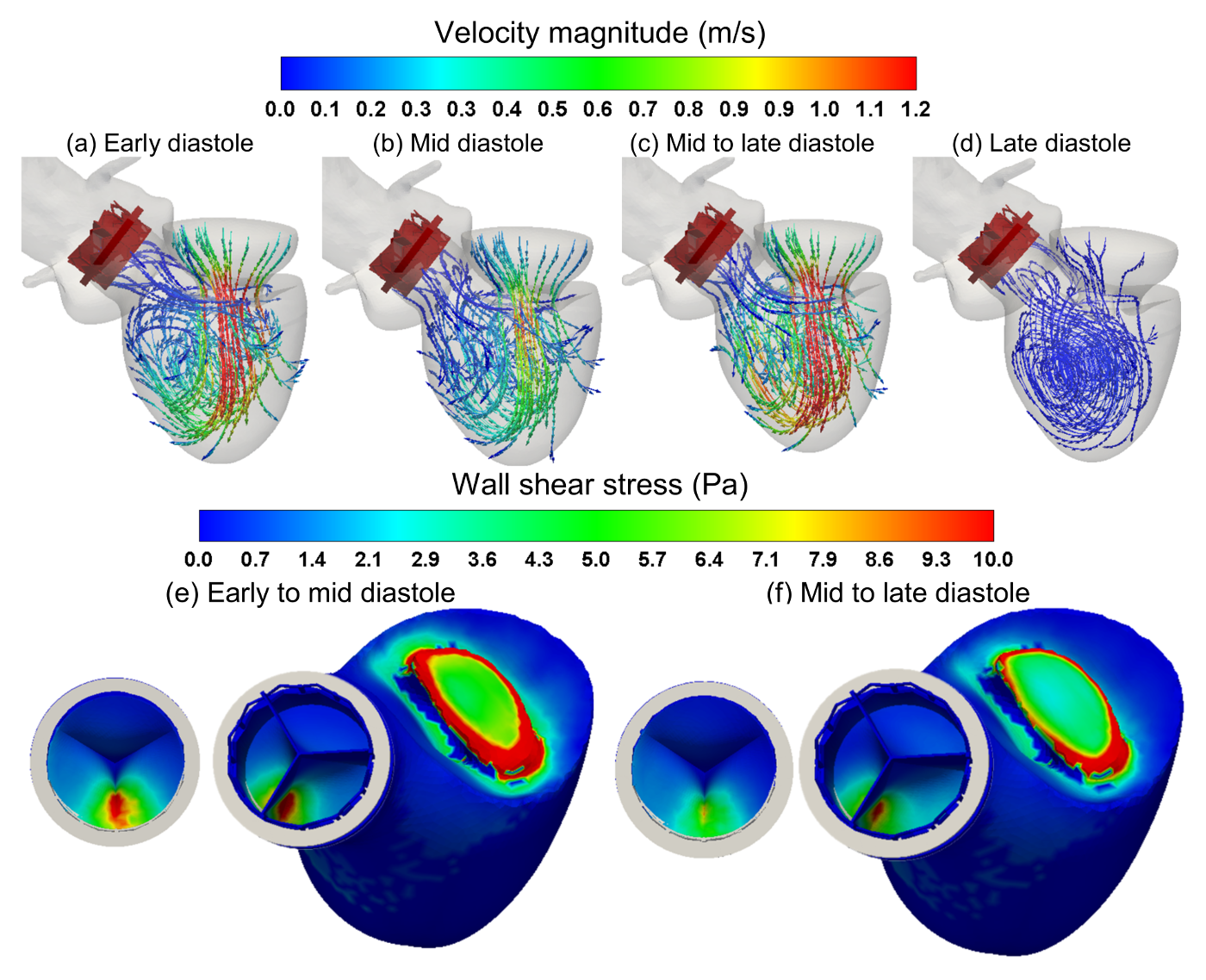Diagnostic & predictive tools
Developing long-needed quantitative diagnostic & predictive tools
Despite advancements in surgical/interventional techniques, many cardiovascular patients do not respond favorably to treatments and their life expectancy remains reduced. Abnormal hemodynamics and biomechanics lay at the base of the initiation and progression of many cardiovascular diseases. Cardiovascular disease is the leading cause of death globally, taking more lives than all forms of cancer combined. It is expected to remain the first cause of death by 2030 in the world. Blood flow quantification can be greatly useful for accurate and early diagnosis of cardiovascular diseases. However the fluid-dynamics methods that can be used as calculating engines of the new diagnostic tools are yet to be developed. Furthermore, as most interventions intend to restore the healthy condition, the ability to predict hemodynamics and biomechanics resulting from a particular intervention has significant impacts on saving lives. Predictive methods are rare. They are extensions of diagnostic methods enabling prediction of effectiveness of interventions, allowing systematic testing for possible clinical solutions, and thus enabling personalization of interventions. The step beyond prediction is optimization of interventions to obtain the best possible outcome. Advancing computational mechanics offers a powerful means to augment clinical measurements and medical imaging to create non-invasive diagnostic, predictive and optimization tools. This is the aim behind a computational cardiovascular mechanics framework that Dr. Motamed’s lab is developing. The framework was named Poiseuille to honour the 18th-century French physicist and physiologist Jean Leonard Marie Poiseuillewho provided a mathematical description for blood flow in vessels. Poiseuille is built for three folds of applications: diagnosis, prediction and intervention optimization. Poiseuille has one specific module for each of these applications and one common module that contain shared programs serving the three application modules. Currently Poiseuille is under active development. These developments present formidable mathematical and computational challenges: modeling must incorporate the motion of fluid and the motion of vessel wall, a large network of the blood vessels with complicated geometries, persistent pulse-driven changes in flow and pressure, and in some cases behavior of red blood cells. Poiseuille also provides the backbone for developing new monitoring tools for cardiovascular health to be integrated in future smart houses and smart vehicles.
Imaged-based (Computed tomography and Doppler echocardiography) patient-specific modeling using Lattice Boltzmann modeling and Lumped Parameter modeling
Pre-intervention: Coarctation
Post-intervention: Coarctation
Imaged-based (Computed tomography and Doppler echocardiography) patient-specific modeling using FSI modeling and Lumped Parameter modeling
